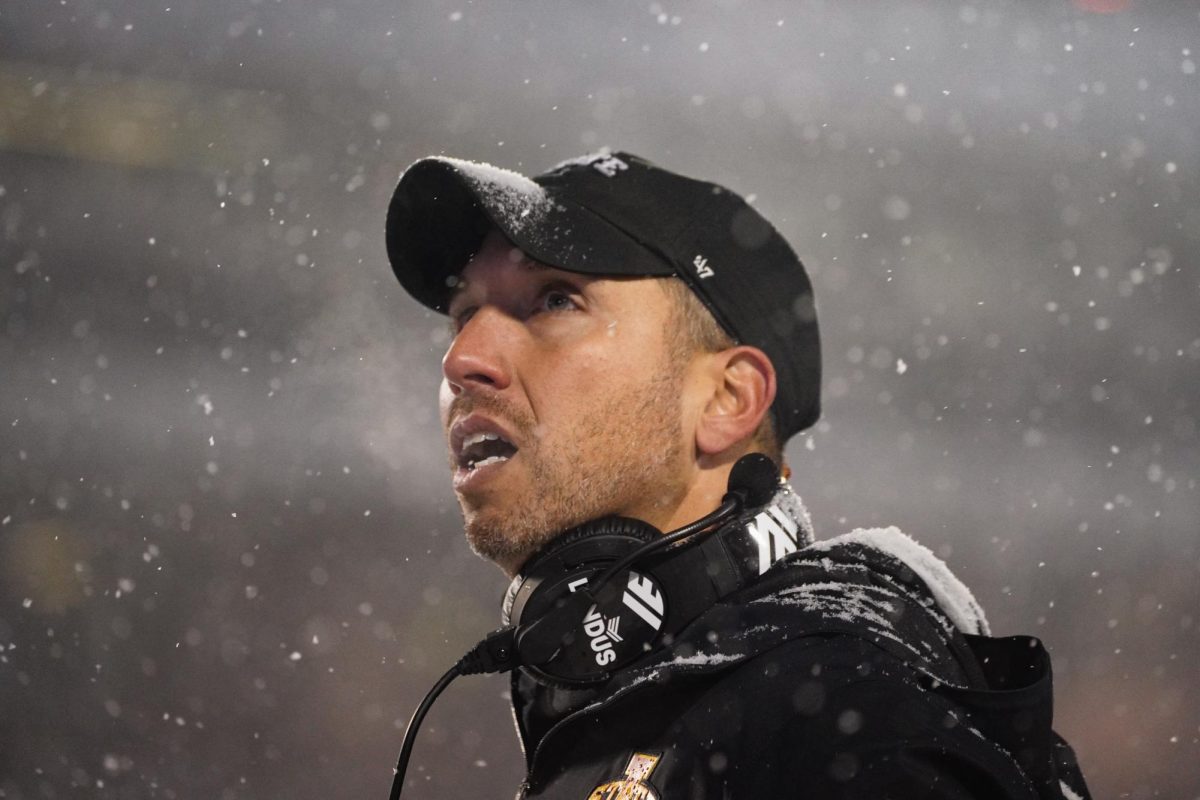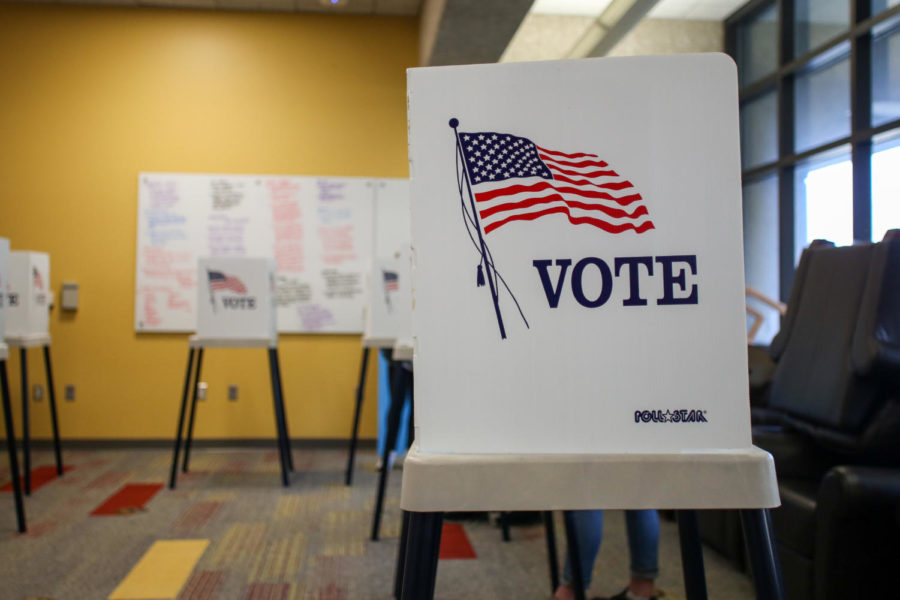Registered number of students with speech disorders may be inaccurate
October 26, 1998
Class presentations, group discussions, participation in lectures: Many students think of these as routine classroom activities.
Many students are used to communicating with a crowd of people or an individual. Apart from some nervousness, they have no other problems speaking in class.
Imagine living most of one’s life speaking normally, with confidence and without any hesitation. Then imagine waking up one day and not being able to remember words that used to come easily.
Speaking would not be taken for granted anymore.
This is not a hypothetical situation. It’s what happened to Mary, an adult student who asked that her last name be withheld due to past discrimination.
A graduate student in interdisciplinary studies, Mary has a language disorder. She had, and is still recovering from, confrontational anomia and disgraphia. Mary has difficulty remembering names of things and has problems taking notes in lectures.
“I had a brain tumor, so the surgeon removed a bit of necrotic tissue of the anterior tip of the left temporal lobe,” she said.
The left hemisphere of the brain is responsible for processing and planning speech and language and motor coordination, which explains why Mary suffered from both disorders after her surgery in 1990.
According to the American Speech-Language-Hearing Association, nearly 10 million Americans suffer from a speech-language disorder, which translates to one out of every 20 people.
Cheryl Gunter, associate professor of psychology at the ISU Communication Disorders Clinic in Pearson Hall, said people can be born with speech and language problems, or they can develop problems as adults.
She said speech disorders can be broken down into fluency disorders, articulation disorders and voice disorders.
Language disorders, on the other hand, include aphasia, which is the loss of speech and language abilities, and delayed language, which is the slow development of language skills.
Gunter said some of the speech and language disorder development stages can be noticed in a child’s first year.
“If the child isn’t talking very clearly and isn’t adding on words very quickly when they are a year to a year and a half old, parents should take note,” Gunter said.
She said some individuals are born with communication disorders but are never diagnosed as having a disorder.
“There are others who may have more subtle problems that have always been there, but you don’t notice them until they are older children, and then you start noticing they sound different,” Gunter said.
“If the child [does] not [progress] steadily in his/her speech, parents are advised to take their child for professional help,” she said. “The sooner the better.”
Speech and language are two of the most important types of interpersonal communication, said Joyce Packwood, coordinator of Disability Resources at Iowa State.
“Communication [problems are] probably the most difficult to deal with as a student,” Packwood said. “Because when you’re here, communication is the name of the game.”
Individuals like Mary face many barriers.
Since her surgery, Mary has confronted challenges in learning new words, taking notes, making musical sounds and dealing with the complete loss of vocabulary.
Mary said she still has to work with professors to understand certain critical vocabulary used in lectures.
Packwood and Gunter said they do not have an accurate number of students at ISU with speech and language problems.
Currently, only five students at ISU have been registered as students with speech problems at Disability Resources, Packwood said.
Gunter offered some explanations for the low number.
With some disabilities, there are speech problems that already go along with them, Gunter said.
“This means that not everyone with speech problems could be registered as having a speech and language disorder, [because people suffering from] cerebral palsy, for instance, have speech as well as mobility problems,” Gunter said.
Both Packwood and Gunter agreed there are many other students who have speech and language disorders, but who have not sought therapy.
“The numbers at the Disability Resources are an underestimate of the actual number with speech and language disorders on campus because some people with speech problems might not consider themselves disabled, Gunter said.
“They do not like to think that they have a problem or a disability,” she said.
“They think that they have gone through life so far without help, so there is no need to look for any help now,” Gunter said.






